Biomega Copenhagen: First ride review
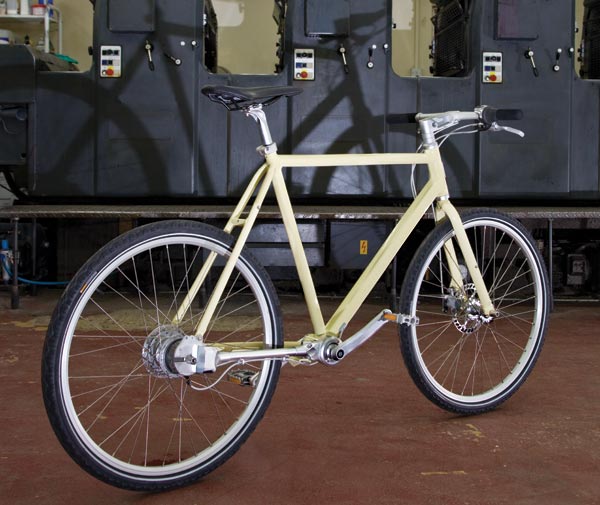
Biomega Copenhagen
You can trust Cycling Weekly.


Words: Derri Dunn; Photos: Daniel Gould
With grim determination I donned my widest-legged jeans and brazenly ignored the snap-around trouser clip on my desk which is normally deployed in these sorts of ‘plain clothes’ testing situations.
It’s well known in the CA office that for a bike writer, I have a peculiar aversion to that central functioning part of every two-wheeler: the linked metal chain. So what am I testing today which allows such flagrant disregard for garment preservation? Could it be another oil-less belt-drive machine, a system I’ve been championing relentlessly for the last year, despite the doubtful opinions of my colleagues?
No, even with that wondrous drive mechanism I once had a distressing trouser cuff ensnarement, which, owing to the wideness and tautness of the drivebelt, left me for a good five minutes beside a busy road wrestling a bicycle from my ankle as though it were a horny two-wheeled dog.
Today I’m trying something completely new, something which in all my years at this magazine I’ve never actually encountered in real life — it has no chain and in fact has no visible moving drive parts whatsoever, except for the pedals themselves.
The Biomega Copenhagen is a shaft drive bicycle — when you push on the pedals, instead of turning a chain to rotate the rear wheel and move the thing forward, they turn a drive shaft via a bevel gear, turning the rear wheel via a drive shaft. It’s all housed in an aluminium case that doubles up as the chainstay.
Art of movement
As if the shaft drive alone isn’t enough of a USP, Biomega has really gone to town on the rest of the design. It easily falls into the category of ‘art bike’, with its big, square down tube with ‘Biomega’ etched in, rather than transferred on. The square-profiled theme is echoed in the brushed aluminium stem, which has a genuinely classy ‘designer’ look about it. The colour is an unusual creamy yellow, which, according to Biomega, was specified by Beatrice Santiccioli, who apparently developed the colour of Apple’s iMacs and iPods (um… hang on a second, weren’t they sort of… white?). Altogether, it looks pretty sexy, but is it all a case of form over function? In my super wide-leg kecks, I’m about to find out.
Well no, actually, it isn’t. The interesting thing about riding the Copenhagen was that not only can you not see anything moving, you also can’t feel it either, which led to a rather peculiar sensation of gliding down the road. When you’ve become so accustomed to dragging that wheel around with a chain or belt drive, there’s actually a rather surreal, quality to propelling yourself across the tarmac with no visible link to the back wheel from your feet — well, almost. If you really focus hard there’s the slightest sense of resistance from the drive shaft, but out on the road, with tarmac surface and traffic to contend with, it’s a non-issue.
It’s all eminently suitable for city riding without the sweat and oil marks. The eight-speed Nexus rear hub gives a very reasonable spread of ratios, which start very low, to avoid breathless uphill situations. It’s as silent and imperceptible in operation as the shaft drive, complementing the system well. The geometry is quite long and slung-out, allowing purposeful stomping on the pedals, but the head tube is predictably pretty tall with a couple of fat spacers for a decent view across traffic, with a sensible bar width for control.
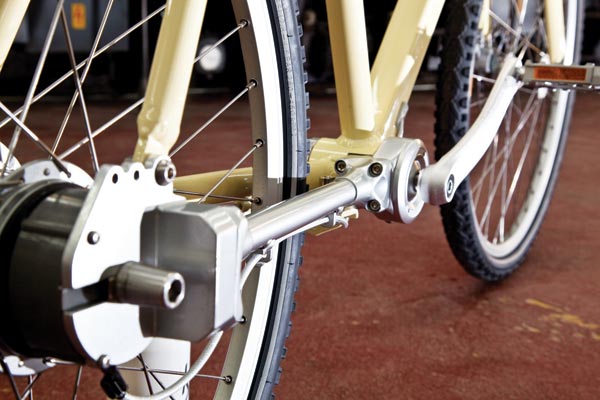
It’s not all good news, though. Speccing the cheaper Shimano Nexus rather than the more refined Alfine means only a roller brake can be fitted at the rear rather than a disc to accompany the one at the front. While you don’t need as much braking power at the rear and it’s just as fuss-free in terms of maintenance, it’s not super-light and is rather old fashioned. A full set of decent hydraulic discs would work with the fuss-free nature of the Copenhagen a little better. The braided cable outer and internal routing looks the absolute business, though, displaying those über-cool multiple frame shapes at their best.
We have so far ignored the real elephant in the room here, though, and that of course is the Dumbo-like weight of the Copenhagen. There’s just no pretending that 14.6kg feels acceptably light for a bike costing £1,295 and there are also an awful lot of unbranded parts on board, right down to the tyres — clearly shaft drive doesn’t come cheap and speccing corners have been cut to make the price square up.
It drew plenty of dissent from CA staffers and compounded the opinions of the old-school contingent about the shaft drive. Riding the bike, however, the smoothness of the shaft drive did mean I quickly forgot about the weight. The low gearing also comes into its own, meaning it doesn’t even feel particularly sluggish pulling away on hills.
Yes, it’s heavy, but for those who want a virtually zero maintenance bike that is a real talking point, buying the Copenhagen will definitely not leave you feeling shafted.
Biomega Copenhagen: Spec

Price:
£1,295
Sizes: 17.5, 20, 22.5in
Frame material: aluminium, with CNC logo on down tube
Fork: aluminium
Drivetrain: patented ‘New tightening system’ Biomega shaft
Wheels: 26in
Tyres: alloy double-wall 26in with reflective strip
Brakes: Quad QMD-5 mechanical disc front, Shimano roller rear
Gears: Shimano Nexus eight-speed with gripshifter
Bar: Kalloy matt silver 560mm
Stem: alloy Biomega design
Saddle: Biomega
Seatpost: alloy matt silver
Weight: 14.6kg
Alternative
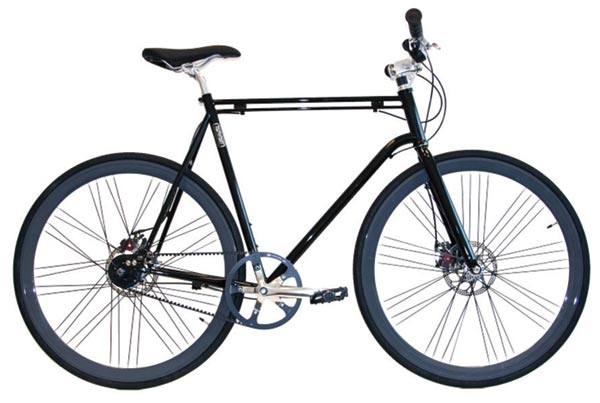
Urban Flying Machine RD 2 £1,195
Another alternative drive bike, the RD 2 is belt driven by the popular Gates system and has the Alfine hub and all-round disc brakes we felt the Copenhagen lacked, as well as some trusted brand-named parts. It’s a snip at £100 less as well, but we can vouch for the fact that you can get your trousers caught in a belt drive, so complement that funky city look by tucking them into your socks.

Thank you for reading 20 articles this month* Join now for unlimited access
Enjoy your first month for just £1 / $1 / €1
*Read 5 free articles per month without a subscription

Join now for unlimited access
Try first month for just £1 / $1 / €1
Get The Leadout Newsletter
The latest race content, interviews, features, reviews and expert buying guides, direct to your inbox!

Nigel Wynn worked as associate editor on CyclingWeekly.com, he worked almost single-handedly on the Cycling Weekly website in its early days. His passion for cycling, his writing and his creativity, as well as his hard work and dedication, were the original driving force behind the website’s success. Without him, CyclingWeekly.com would certainly not exist on the size and scale that it enjoys today. Nigel sadly passed away, following a brave battle with a cancer-related illness, in 2018. He was a highly valued colleague, and more importantly, an exceptional person to work with - his presence is sorely missed.
-
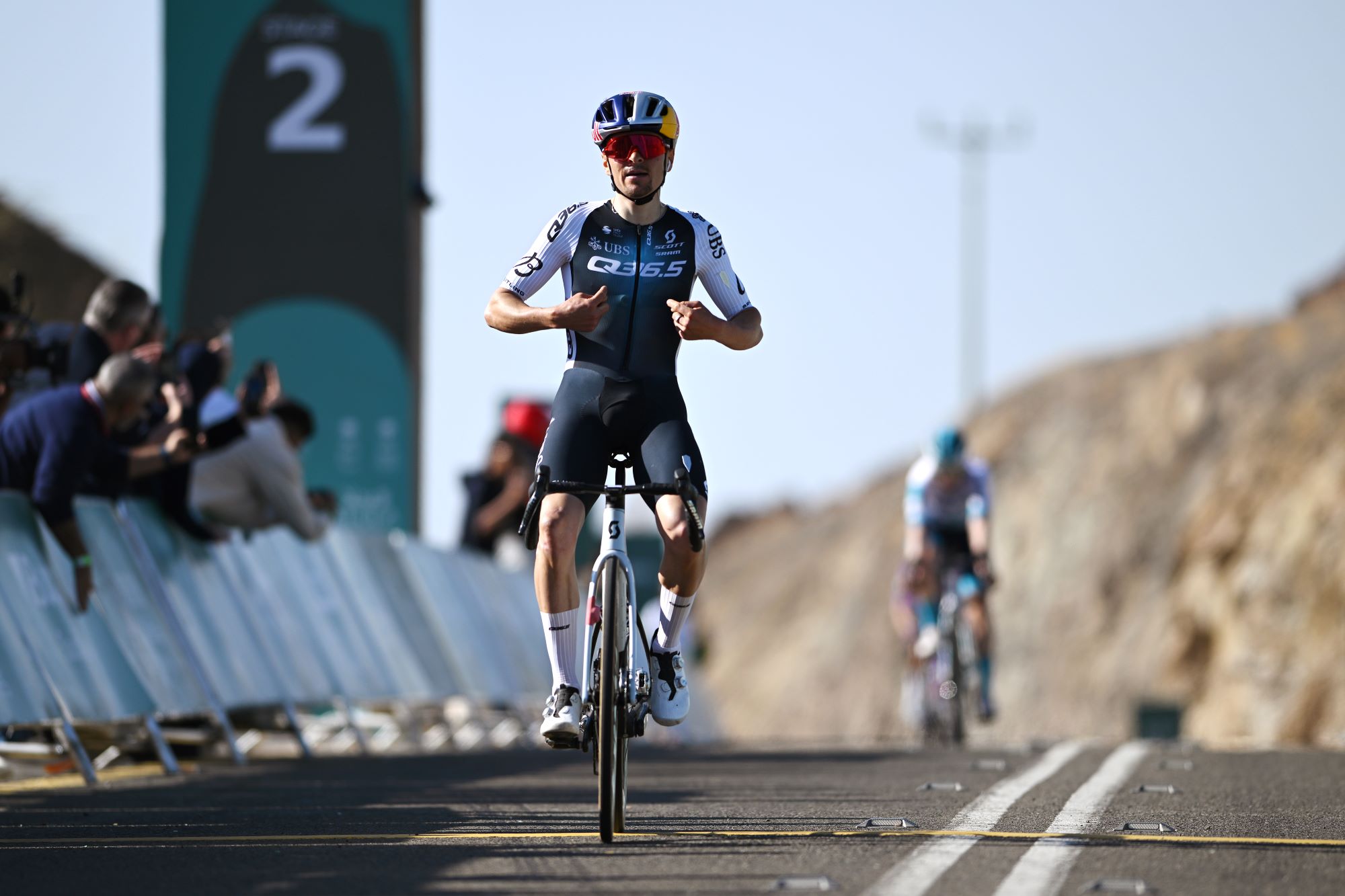 What does Q36.5 mean? We asked the people behind the Italian kit brand that sponsors Tom Pidcock's team
What does Q36.5 mean? We asked the people behind the Italian kit brand that sponsors Tom Pidcock's teamQ36.5's Luigi Bergamo and Lodovico Pignatti Morano take on Cycling Weekly's Q&A
By Tom Thewlis Published
-
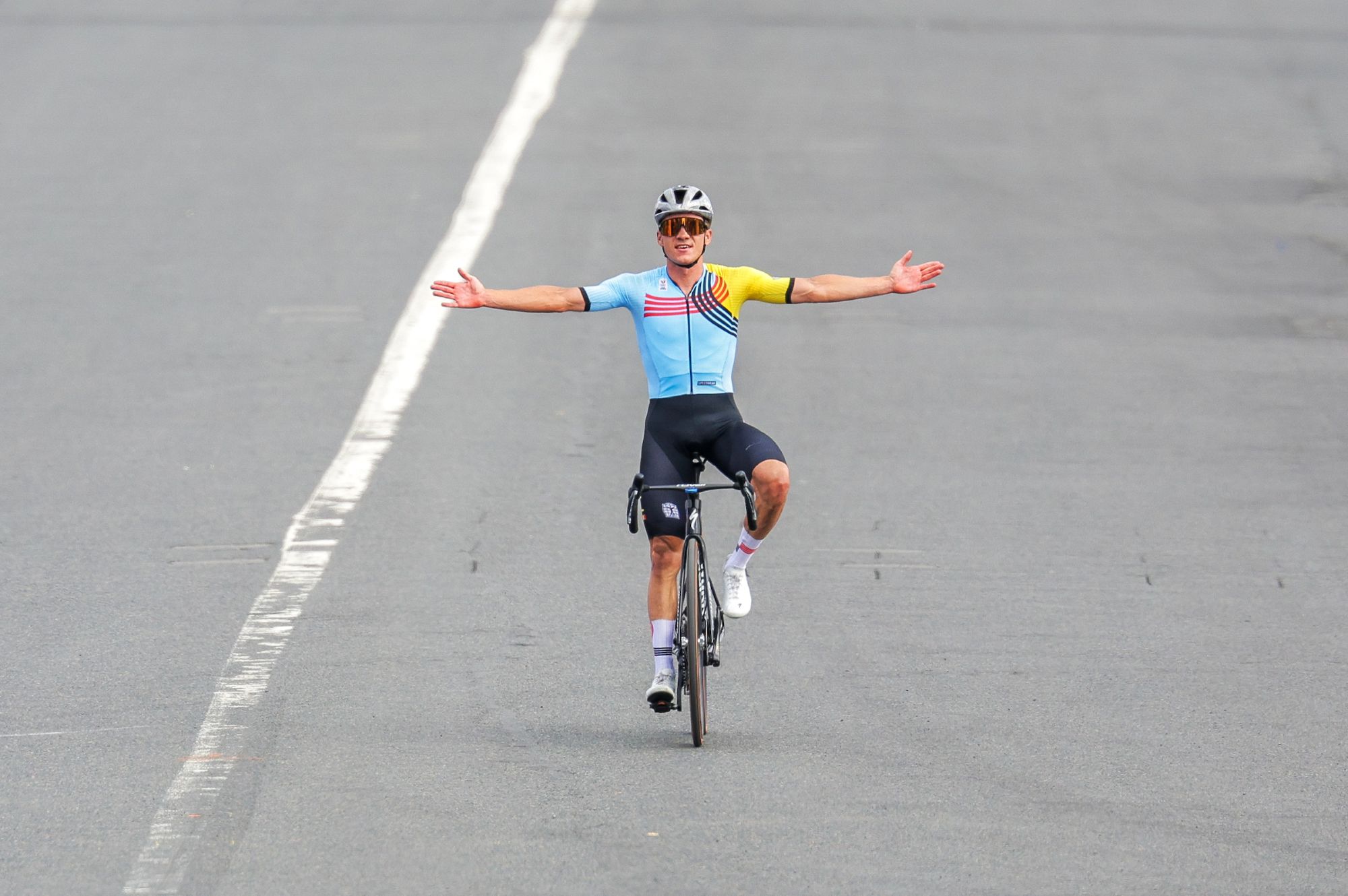 'If I were a tennis player then my career would be over': Remco Evenepoel contemplated early retirement after serious training accident
'If I were a tennis player then my career would be over': Remco Evenepoel contemplated early retirement after serious training accidentDouble Olympic champion was left with nerve damage and says his shoulder is not yet fully healed ahead of his return to racing at Brabantse Pijl
By Tom Thewlis Published
-
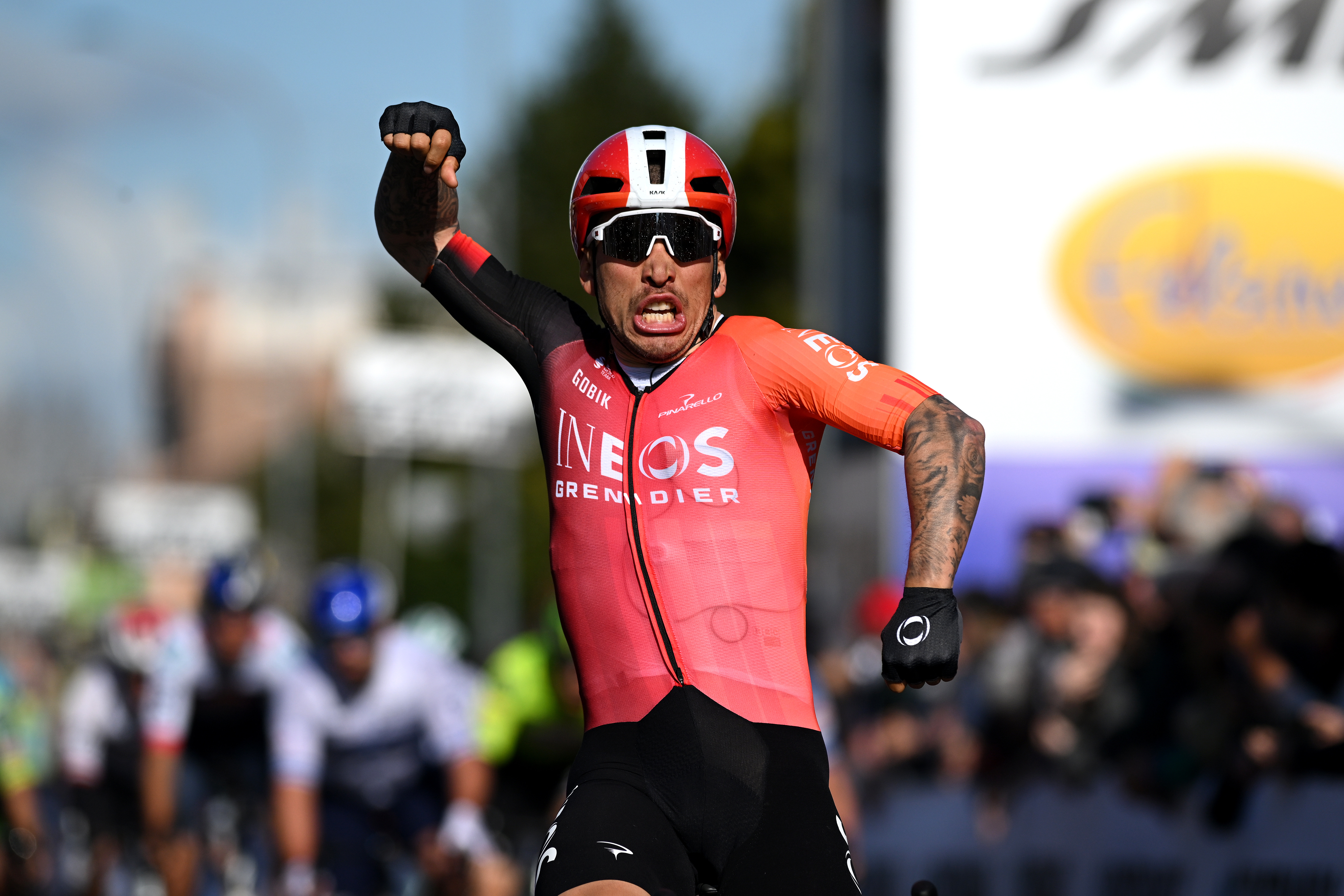 'It can really push me along' - How a velodrome comeback is making Caleb Ewan faster on the road
'It can really push me along' - How a velodrome comeback is making Caleb Ewan faster on the roadAustralian says he'll "definitely" continue track work after rekindling passion
By Tom Davidson Published